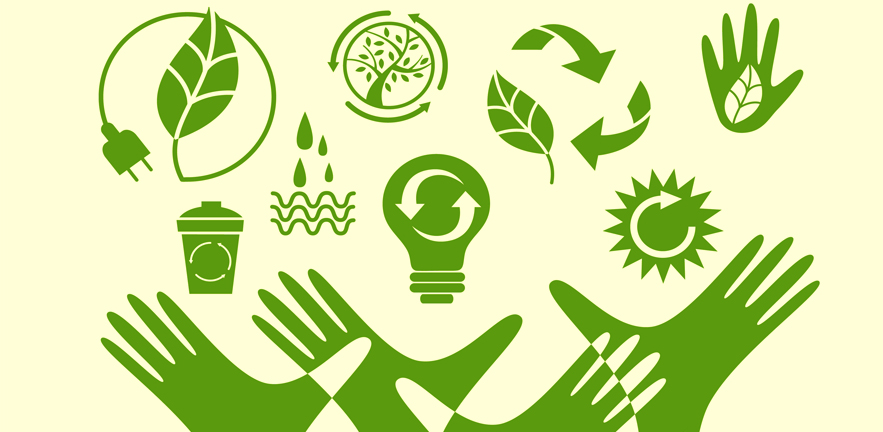Amidst the complexities of modern living, the concept of environmental capital is gaining prominence. Environmental capital refers to the natural resources and ecosystems that sustain life on Earth. In this article, we will explore the significance of environmental capital and delve into strategies for preserving and nurturing our planet’s ecological wealth.

Appreciating Environmental Capital
1. Biodiversity: Nature’s Blueprint for Resilience
Biodiversity, the variety of life on Earth, is a cornerstone of environmental capital. Ecosystems thrive on the diversity of species, each playing a unique role in maintaining ecological balance. Understanding and appreciating biodiversity is crucial for safeguarding environmental capital and ensuring the resilience of our planet in the face of environmental challenges.
2. Natural Resources: Balancing Use and Conservation
From water and air to minerals and forests, natural resources form the foundation of environmental capital. Responsible and sustainable use of these resources is essential for meeting current needs without compromising the ability of future generations to meet their own. Adopting eco-friendly practices and supporting conservation initiatives contribute to the preservation of vital natural resources.
Navigating Environmental Stewardship
1. Conservation Initiatives: Protecting Precious Ecosystems
Engaging in conservation initiatives is a direct way to contribute to the preservation of environmental capital. Participate in local clean-up efforts, support wildlife sanctuaries, and advocate for policies that prioritize environmental protection. Every individual action, no matter how small, plays a role in preserving the delicate balance of our ecosystems.
2. Sustainable Living: Reducing Ecological Footprints
Adopting a sustainable lifestyle is a powerful strategy for nurturing environmental capital. Reduce, reuse, and recycle to minimize waste. Make environmentally conscious choices in daily activities, such as using renewable energy sources, choosing eco-friendly products, and supporting businesses committed to sustainable practices. Small changes in individual behavior collectively contribute to significant positive impacts on the environment.
Preserving Environmental Resilience
1. Climate Action: Mitigating the Impact of Global Change
Addressing climate change is paramount in preserving environmental capital. Support and advocate for policies that reduce greenhouse gas emissions, promote renewable energy sources, and protect vulnerable ecosystems. By taking collective action against climate change, we contribute to safeguarding the stability and resilience of our planet’s environmental capital.
2. Environmental Education: Fostering a Culture of Awareness
Education is a key driver in nurturing environmental capital. Foster awareness and understanding of environmental issues in schools, communities, and workplaces. Encourage sustainable practices and promote a sense of responsibility for the well-being of the planet. Informed individuals are more likely to make choices that prioritize the preservation of environmental capital.
Strategies for a Greener Tomorrow
1. Reforestation: Planting Seeds of Renewal
Participating in or supporting reforestation projects is a tangible way to contribute to environmental capital. Trees play a crucial role in absorbing carbon dioxide, maintaining biodiversity, and preventing soil erosion. By actively participating in tree planting initiatives, individuals can directly contribute to the regeneration of environmental capital.
2. Advocacy and Activism: Amplifying Environmental Voices
Become an advocate for environmental causes. Join or support organizations that champion environmental protection and conservation. Engage in peaceful activism to raise awareness about critical issues, influencing policy changes and promoting sustainable practices on a larger scale.
Conclusion: A Collective Responsibility
In the grand symphony of life, environmental capital is the harmonious melody that sustains our existence. Preserving and nurturing this capital is not just a responsibility but a collective imperative. By appreciating biodiversity, supporting conservation efforts, adopting sustainable lifestyles, and actively participating in environmental initiatives, we can ensure a greener, more resilient future for generations to come. Environmental capital is a legacy we inherit and a gift we pass on—a shared responsibility that transcends borders and connects us all in the tapestry of our interconnected world.
Read More : Venture Visionaries: Unleashing Innovation through Capital Investment
